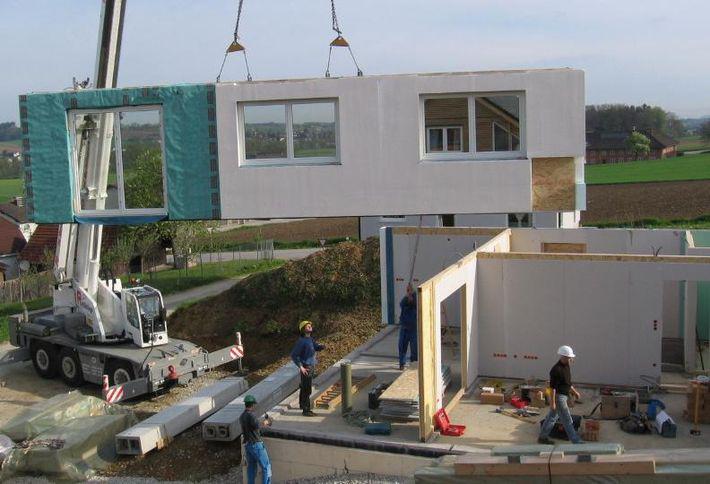The assembly of buildings or their components at a location other than the building site. The method controls construction costs by economizing on time, wages, and materials.
fabricated construction is the practice of assembling a variety of components of a structure at a manufacturing site and transporting those sub-assemblies to the location of the construction jobsite. fabricated construction is sometimes thought of as a low-end and mass produced mode of construction. In reality however, it is quite the opposite. fabricated construction is becoming more common, improving in quality and has become available in a variety of budgets. Despite the perception of fabrication, there are numerous benefits to this type of construction. This article assesses the advantages that fabricated construction presents for both businesses and customers.
Eco-friendly
Modular construction is often commended for energy efficiency and sustainable construction. Traditional construction methods require extra materials that lead to increased waste. However, since prefabricated sub-assemblies are constructed in a factory, extra materials can be recycled in-house.
Financial Savings
One of the greatest advantages of fabricated construction would be financial savings. Although the perception of custom-made pieces may seem expensive, with fabricated or modular construction, this is not the case. Modular construction targets all budgets and price points, creating an affordable option.
Flexibility
Modular construction can be easily be disassembled and relocated to different sites. This significantly reduces the demand for raw materials, minimizes expended energy and decreases time overall.

